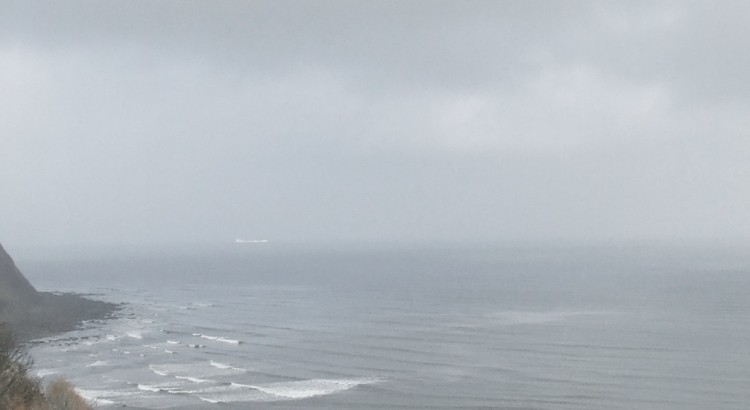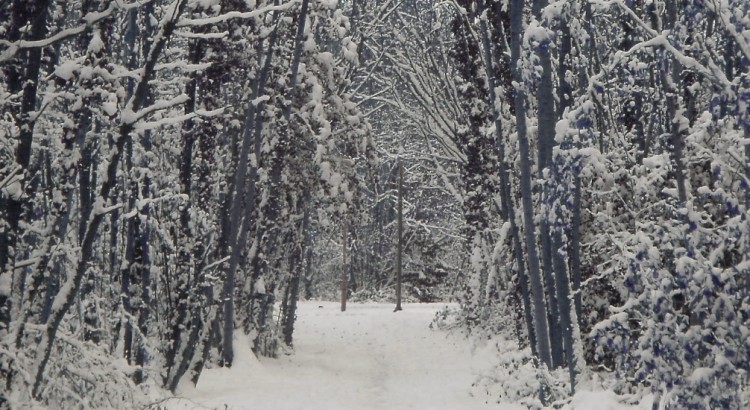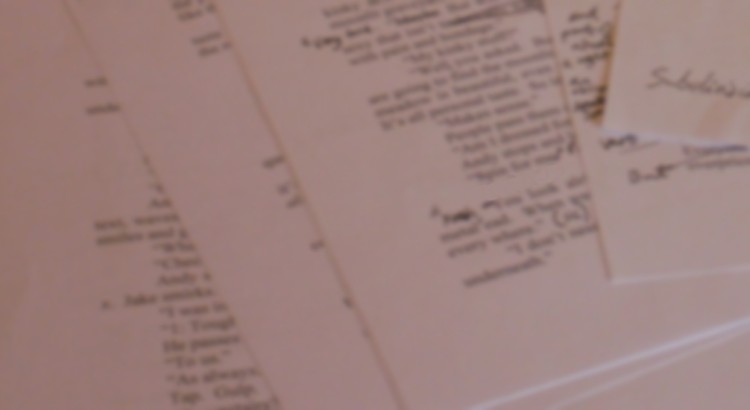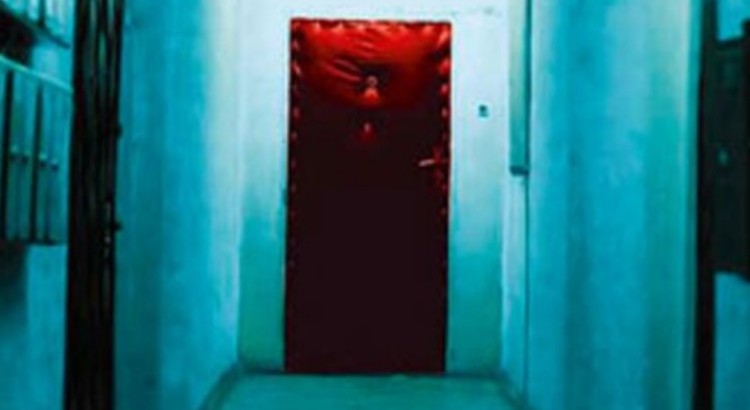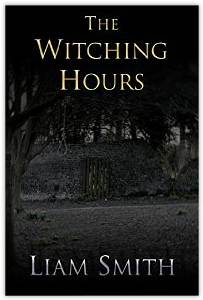I had a wonderful Christmas time. A minor mishap when I forgot everyone’s gifts notwithstanding, everything went as smoothly as a sleigh ride. Presents were opened and well-received, Christmas dinner was delicious, and much merriment was had over a few games of Articulate. My favourite present? Maybe my set of four antique canopic jars; not something you see every day, but something very much suited to my macabre tastes. Anyway. Christmas is passed, but not forgotten, and it’s time to look ahead to the New Year. To plan those New Year’s Resolutions.
That old chestnut
I have made New Year’s resolutions before; everyone has. Have you ever stuck to them? I’m not sure if I have, technically. How long do you need to stick with a resolution for it to count? I remember resolving to do thirty press-ups a day in one of my teenage years. That one had failed by the third of January.
I think the missing element back then was real motivation. When I was in my teens, and indeed, through my years at university, I didn’t have to actively keep fit or make time for any new hobbies. I kept in reasonable shape simply by going out for bike rides and by walking to and from the university campus each day, and I could indulge all my hobbies because being a student, whether at college or university, is a pretty flexible occupation. There’s homework and coursework but it’s to be done in your own time. You can get it all out the way to make room for more enjoyable pursuits or you can decide to take a longer break from work, returning to it once you’re in the right frame of mind. Such flexibility is a double-edged sword, to be sure, and led to a few last-minute reports or concept models. But it’s an arrangement that if treated sensibly allows you to learn good time management and how to achieve a balance between work and leisure.
Work nine to five…
Now that I’m employed in a Monday-to-Friday, nine-to-five job, I’m finding it more difficult to maintain my previous levels of fitness and dedication to my hobbies. The motivation is there, now, for me to work for that formerly easy compromise between work and play. The incentive to keep (or should that be ‘to get’) fit is there too; an office job is by its very nature sedentary, and writing isn’t the most physical of activities. After some time off to recharge over the Christmas break, I feel I can work on integrating the things I find most enjoyable back into my daily routine. I can make time for my hobbies and fitness just as I make time for my job.
The key to achieving my resolutions is to set a number of clear, quantifiable goals. These goals should build on how I already organise my recreational time. By setting resolutions that are themselves building blocks to further targets, I should be able keep pushing myself to achieve more. If nothing else, posting my resolutions on my blog for anyone to see should also be an encouragement. Giving up isn’t an option when you’re being watched!
New Year’s Resolutions 2015
Maintain my blog.
I’ve always enjoyed writing and I know that consistent practice is essential to keep things moving. But, as with many activities, it can be hard to muster the enthusiasm to start writing, particularly after a day of work. I resolve to post on my blog at least once a week. One or more posts, usually between 500 and 1000 words, is an achievable target, and one that should keep me writing consistently. It should also ensure that I find it easier to sit down and immediately start hammering out words when I write creatively. This is my sixth post on liamsdesk and I’ve already noticed an improvement in my writing speed and an increased ease with which I can now slip into a writing frame of mind.
Write creatively at least once a week.
Blogging is fun, cathartic and good practice at using words, but it’s different to producing definable, contained stories. I want to keep my creative writing alive in tandem with my blogging; to dedicate an evening or afternoon at least once a week to getting a good chunk of writing down. I find that my writing productivity increases within the course of one session. In three consecutive hours of writing I’ll produce twice as much as I would in three one-hour sessions.
Crack the morning jog.
I go for the odd run, perhaps once a week. I’ve always found it difficult to pump myself up for a morning run – it’s not as enjoyable when the world is still dark and cold, or with the shadow of a working day looming – and I always put off running till a weekend afternoon. I’d like to start jogging in the mornings – short routes to begin with, once or twice a week before work. Once I’m acclimatised to early exertion it’ll be easier to maintain a fitness routine throughout my week.
There we go: a trio of New Year’s Resolutions that I should be able to accommodate, with a little effort, into my current weekly routine. I don’t plan on reinventing my lifestyle in anyway, just on applying a little discipline and organisation to what I do already.
If I make to February then I’ve already beaten my personal best.
